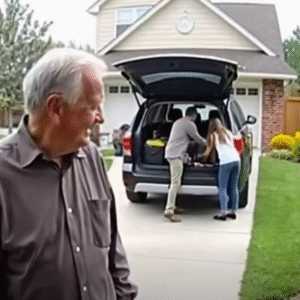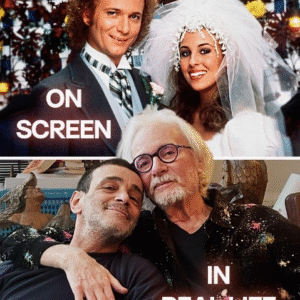For many families, the last days of a loved one’s life can feel overwhelming. Questions swirl: What will it be like? Will they be in pain? How will we know when the end is near?
Julie McFadden, a California hospice nurse with more than 16 years of experience, has devoted her career to answering those questions with honesty and compassion. Known affectionately as “Nurse Julie” to her 1.7 million social media followers, she has become one of the most recognized voices in end-of-life education. Her mission is simple: to remove fear, replace it with understanding, and show people that death is not something to dread — but a natural part of life.
Helping Families Face the Unknown
In her book, Nothing to Fear: Demystifying Death to Live More Fully, Julie shares insights gathered from years of sitting at the bedside of the dying. She explains that while each passing is unique, there are patterns that occur so often that families can feel reassured when they recognize them.
Speaking recently on the Dr. Karan Explores podcast, she shared a remarkable truth: some people seem to have an extraordinary sense of control over when they will die.
“I’ve literally had patients say, ‘I’m going to die tonight’—and even though they weren’t actively dying at the time, they did,” Julie said. Others, she explained, will hold on until a birthday, holiday, or the arrival of a distant family member.
But when death does draw near, she says there are three signs she sees most often within the last 24 hours.
1. The “Death Rattle”
Perhaps the most unsettling for families is a sound called the “death rattle.” This occurs when the person is no longer able to swallow or clear their throat. Saliva and mucus build up in the airways, and as air passes through, it creates a gurgling or rattling sound.
While the noise can be alarming, Julie stresses that it does not mean the person is suffering. “It sounds frightening, but it isn’t painful,” she explains. “It’s simply the body shutting down.”
2. Changes in Breathing
Another sign is a noticeable shift in breathing. Toward the very end, breaths may become slower, irregular, or spaced widely apart. At times, it may look as if the person has stopped breathing altogether, only for another breath to follow after a long pause.
In the final hours, some people display what’s called agonal breathing—short, gasping breaths that can seem distressing to those watching. Julie gently reassures families that while the appearance may be startling, it is a natural reflex. The brain is no longer receiving full oxygen, and the body is simply responding. Importantly, she emphasizes, the patient is not suffering when this occurs.
3. The “Death Stare”
The last common sign Julie describes is what she calls the “death stare.” The patient’s eyes and mouth may be open, their gaze fixed in the distance. They appear unresponsive, as if no one is “home.”
For loved ones, it can feel eerie — even heartbreaking. Yet, according to Julie, this stage is often deeply peaceful. She reminds families that hearing is often the final sense to remain, so soft words, familiar voices, and gentle reassurances can still bring comfort, even when the person no longer responds outwardly.
Not Everyone Shows the Same Signs
Julie stresses that while these three signs appear often, they are not universal. Some people pass suddenly. Others linger for days, even weeks. But in her view, understanding what can happen helps families prepare emotionally and removes some of the fear.
“Death is a part of life,” she says. “The more we talk about it, the less terrifying it becomes. My goal is to help families see that there is beauty, love, and even peace in those final hours.”
Comfort in Understanding
For older adults and caregivers alike, this knowledge can be a gift. Instead of bracing for the unknown, families can recognize these signs and respond with gentleness — holding a hand, whispering words of love, or simply sitting in quiet presence.
Far from being frightening, these final signals can remind us that life is completing its circle. And while the body lets go, the bonds of love remain unbroken.





